There was no fanfare inside the sober portals of the Oxfordshire civic boardroom when the big decision was handed down in early January, but there was plenty of cause for jubilation on the outside.
The Cherwell Planning Committee, an all-powerful local body whose authority encompasses the century-old former RAF Bicester air base – better known nowadays as Bicester Motion – gave its backing to the last and most controversial tranche of an ambitious redevelopment plan for the site, named the Experience Quarter.
The decision gave an instant green light to the long-term development of three miles of driver experience and car handling tracks, of an active airfield and of a network of exhibition centres designed to be occupied by a variety of automotive, cycling and aviation brands. Electric karting and 4x4 driving tracks would also feature. Cycling and walking trails in green areas would be on the cards, too, designed to encourage exercise and family days out.
Of the four Quarters long planned at the extremities of Bicester Motion’s vast 444-acre site – named Heritage, Experience, Innovation and Wilderness – it’s Experience that most clearly justifies the latter part of the name.

Dan Geoghegan, Bicester Motion’s part-owner, CEO and lead developer, believes the committee’s approval provided “the missing link” that was needed to achieve the project’s overarching aim of linking the future of mobility with its past – in effect, Innovation with Heritage.
Best known of the site’s four Quarters, mostly because so many of its buildings have existed since the 1920s, is Heritage. Geoghegan and co have sympathetically redeployed several dozen Edwin Lutyens-era redbrick RAF buildings and hangars to make a commercial area that contains car sales and repair businesses, niche component manufacturers, storage firms and media companies, plus a gin maker and a brewery (with a pub attached). There’s even an apprentice school, called Starter Motor, specialising in training young talent in the skills that nearby businesses need.

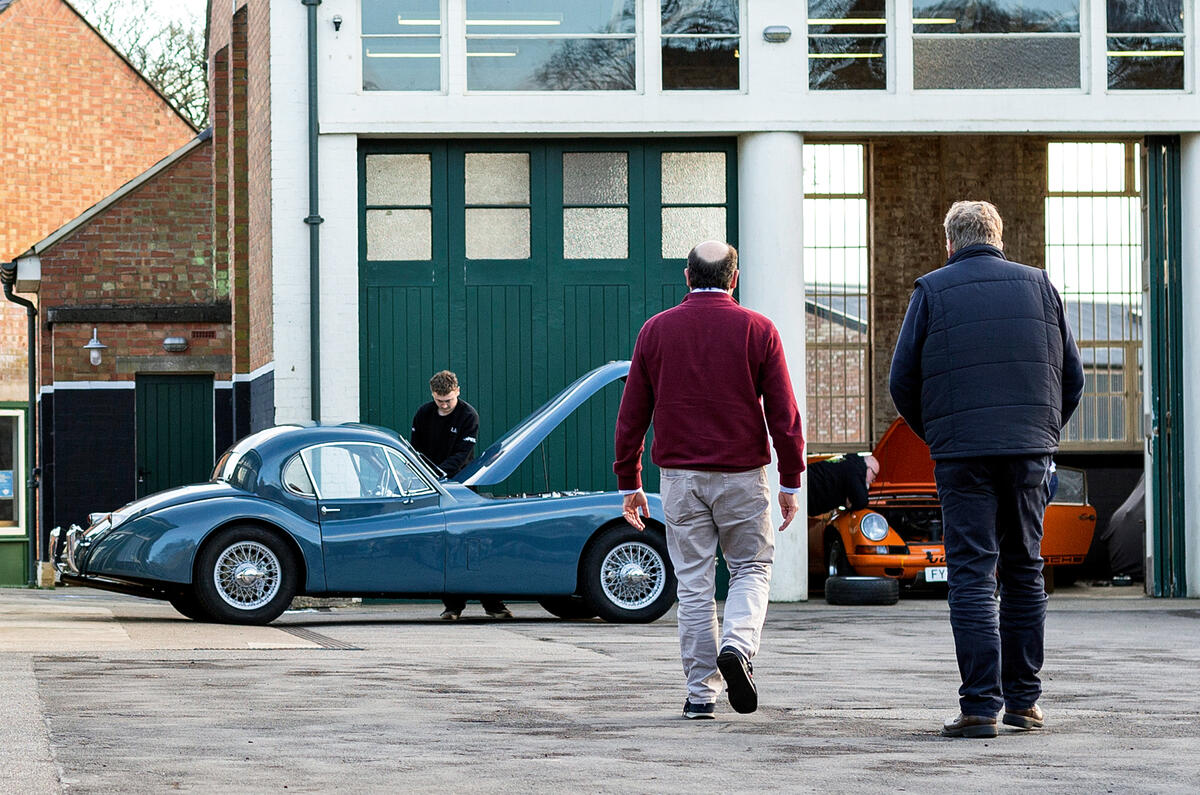
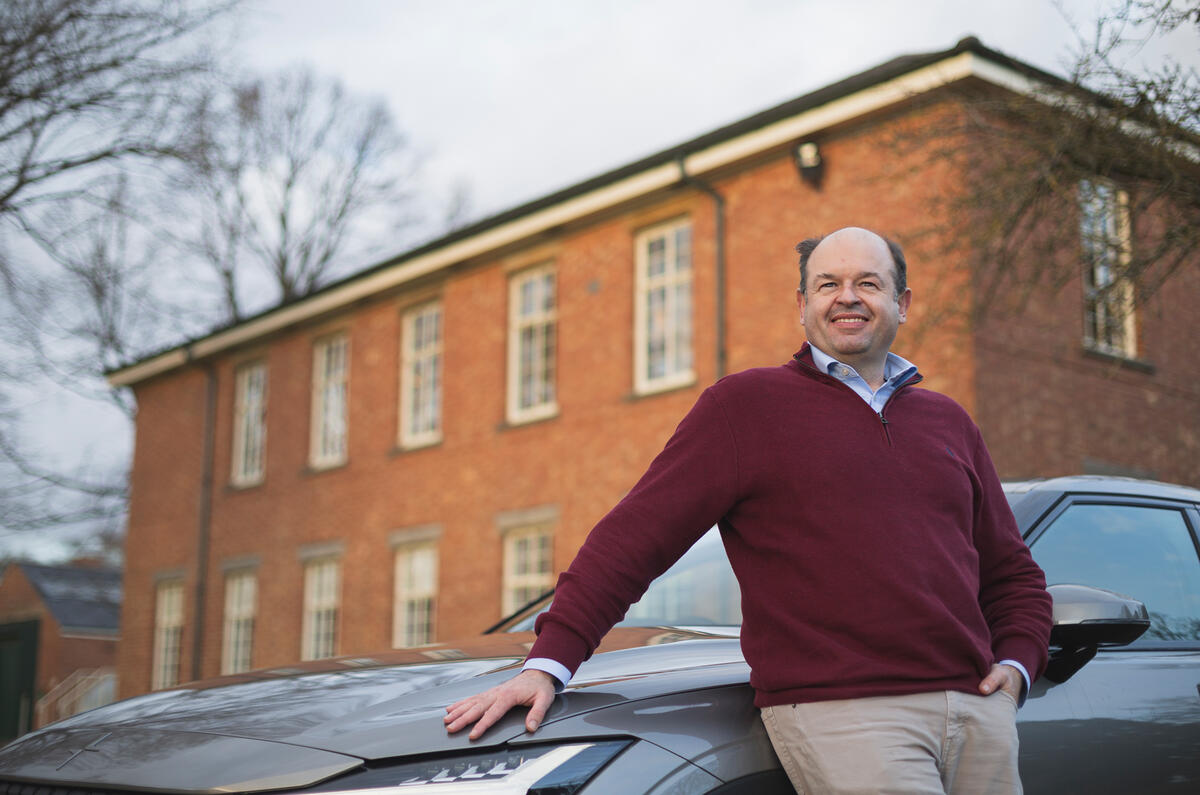
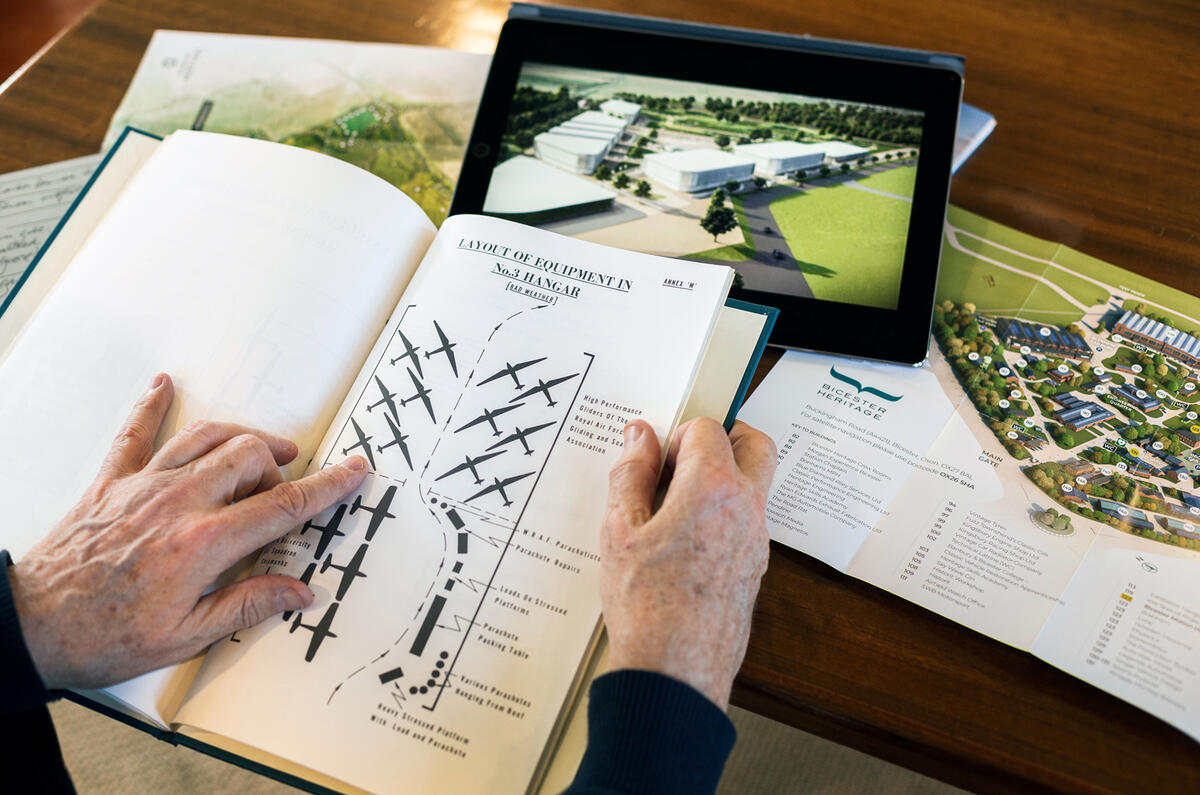

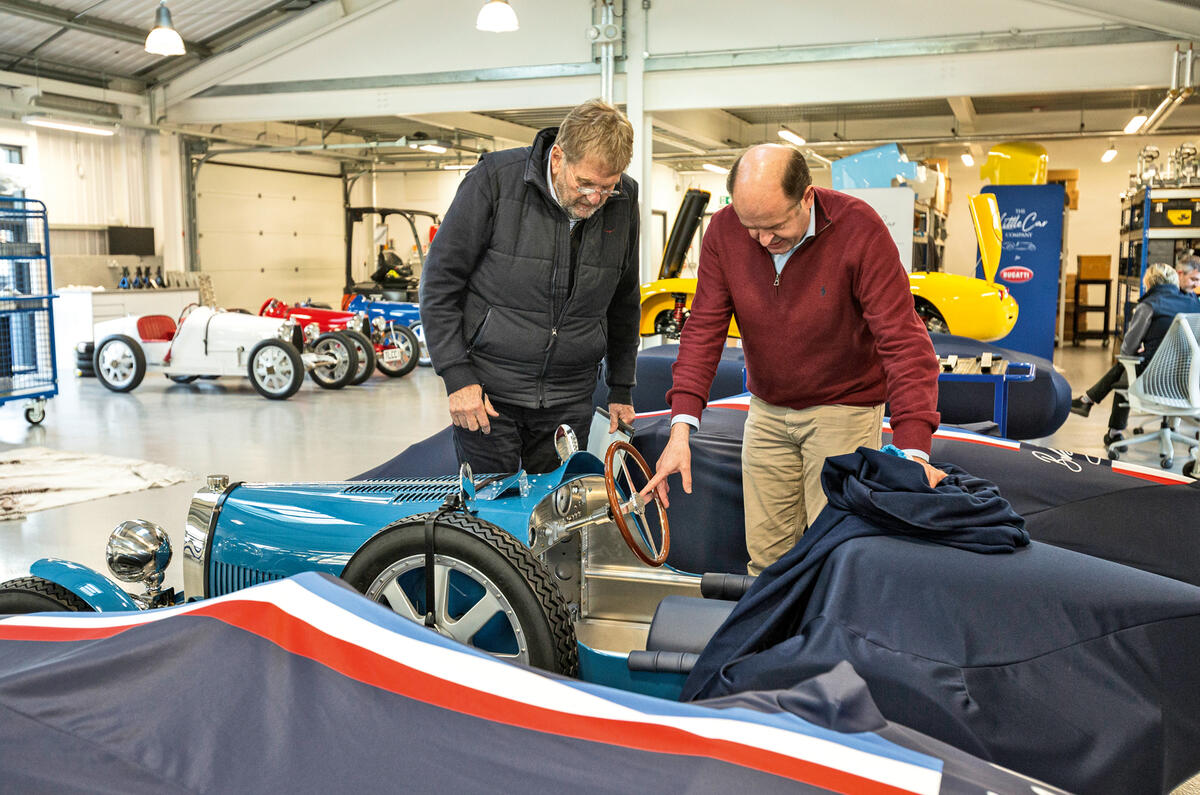
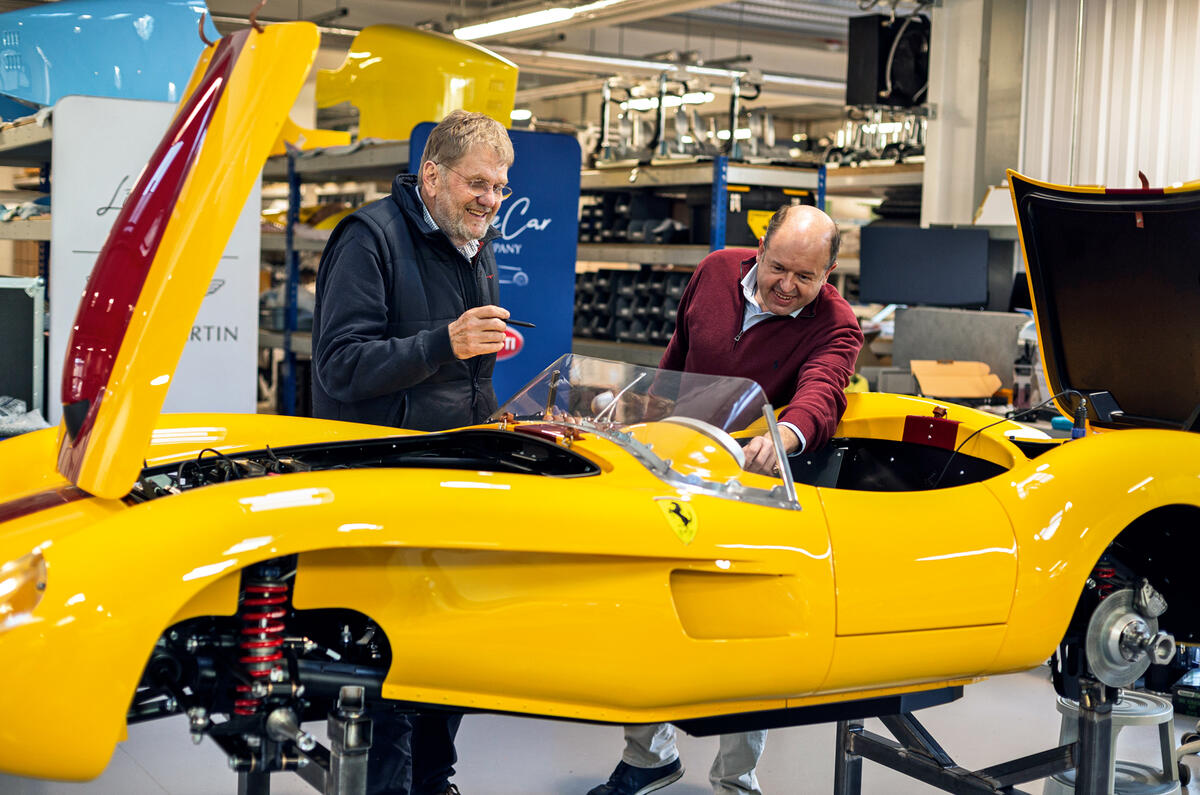

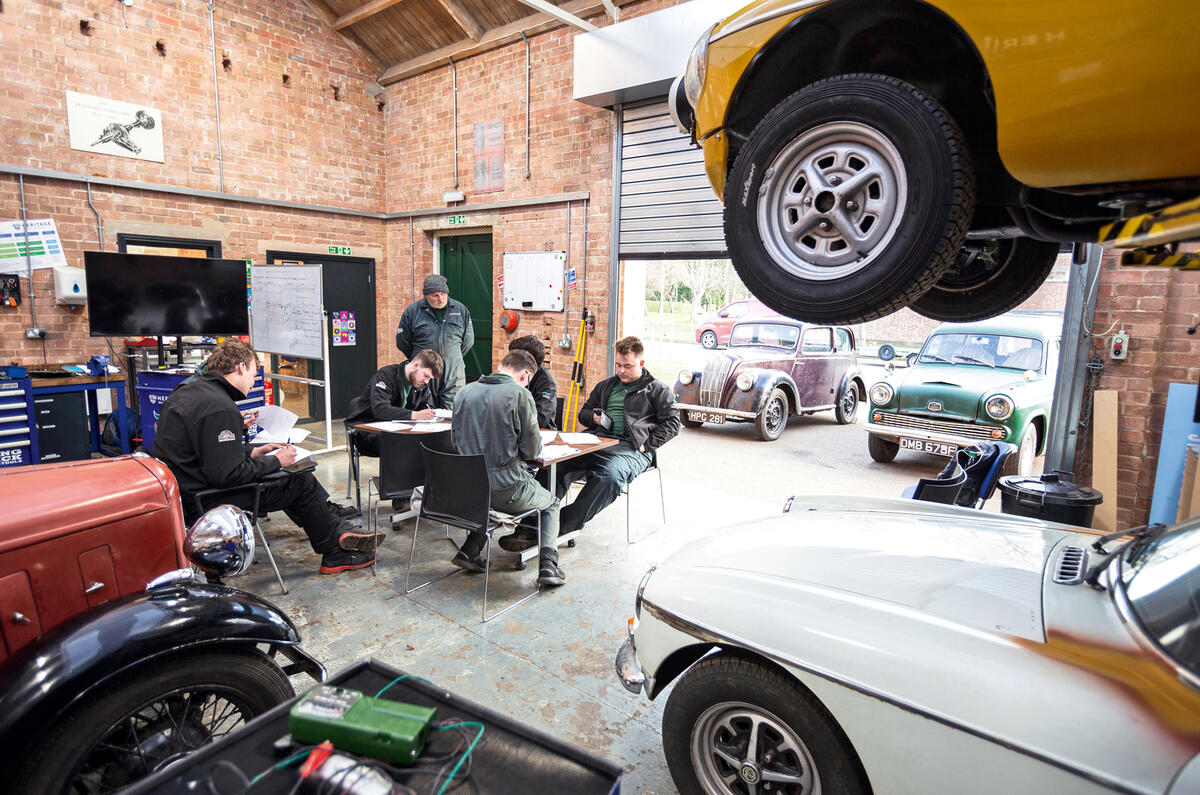
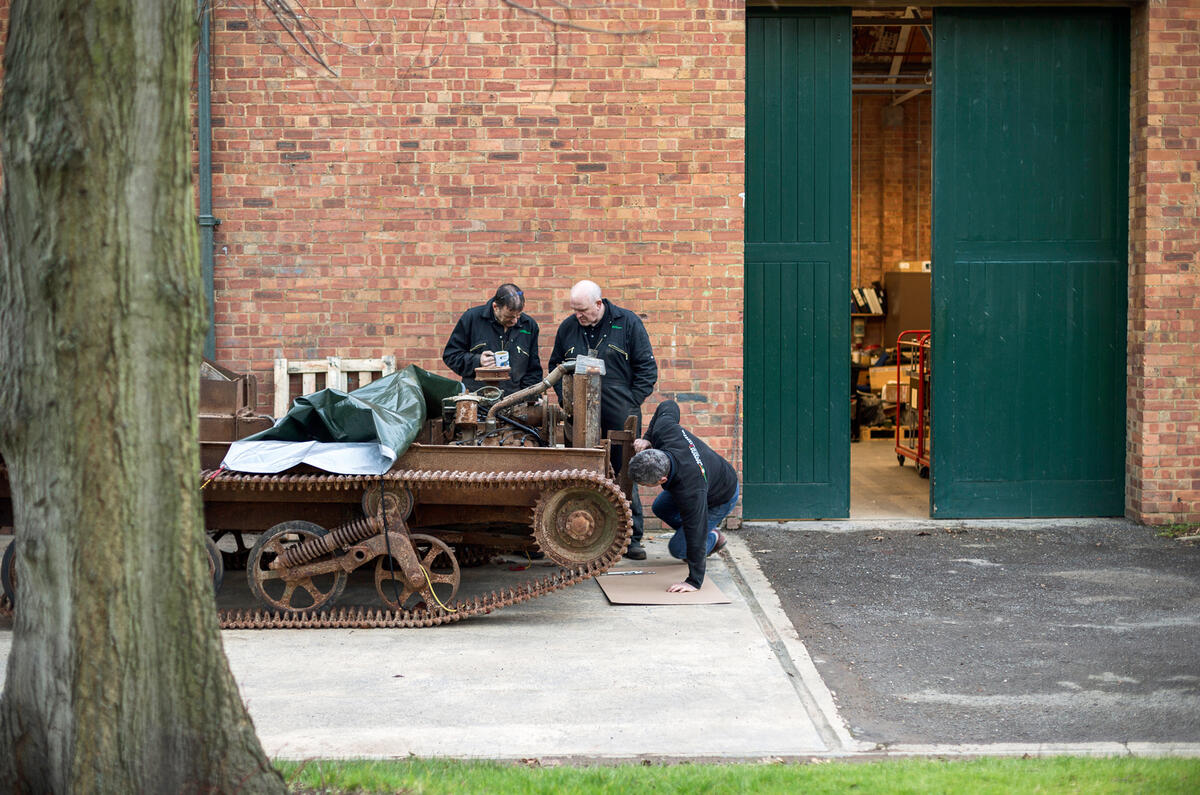
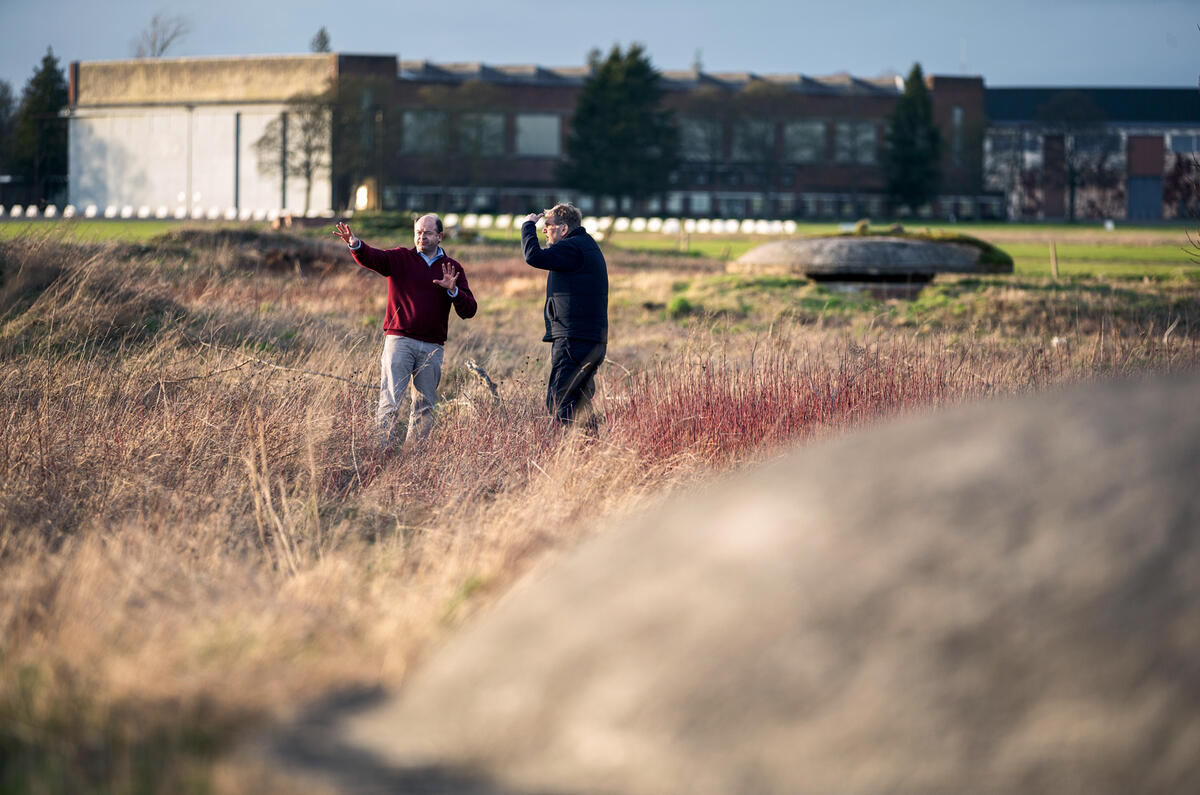
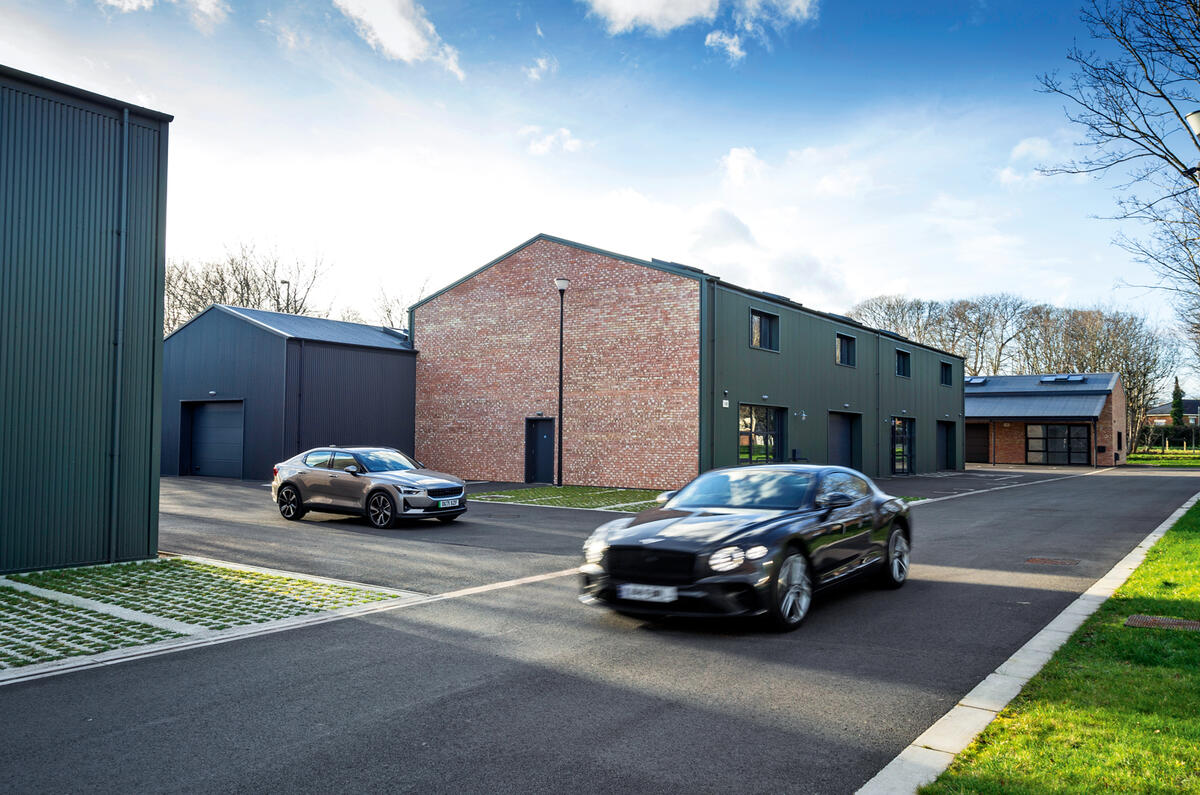
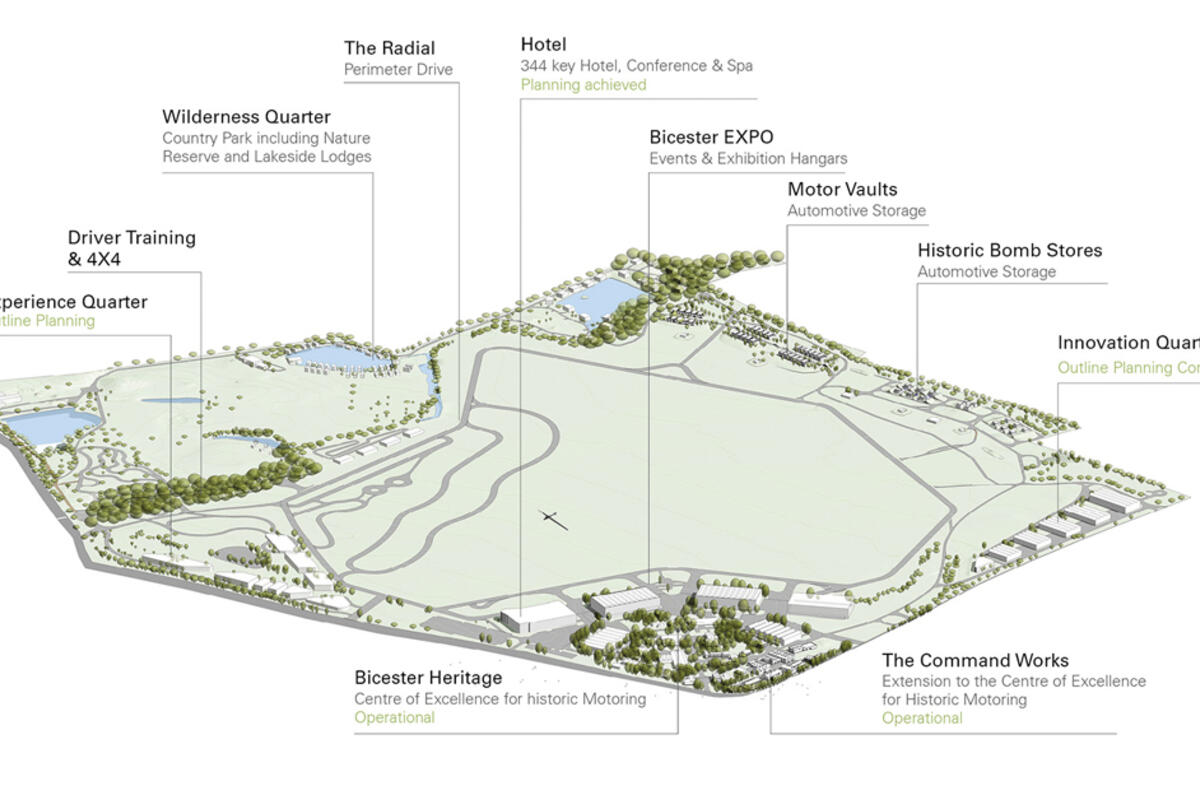
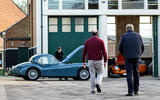
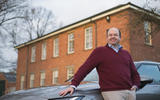
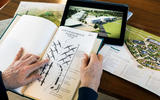
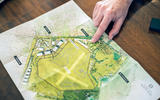
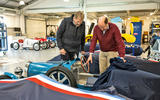
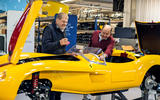

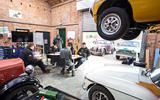
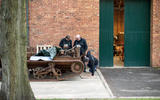
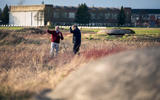
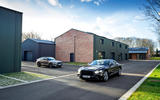


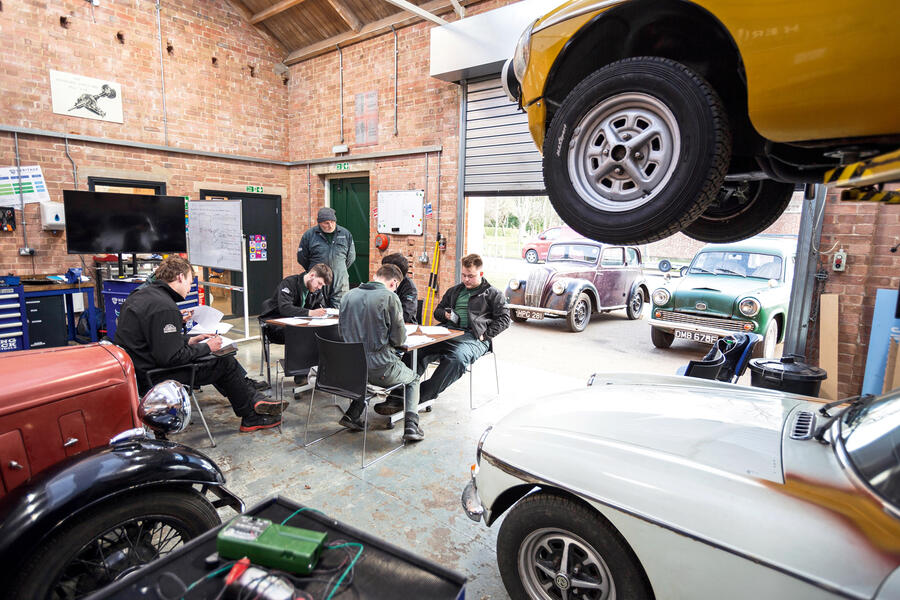
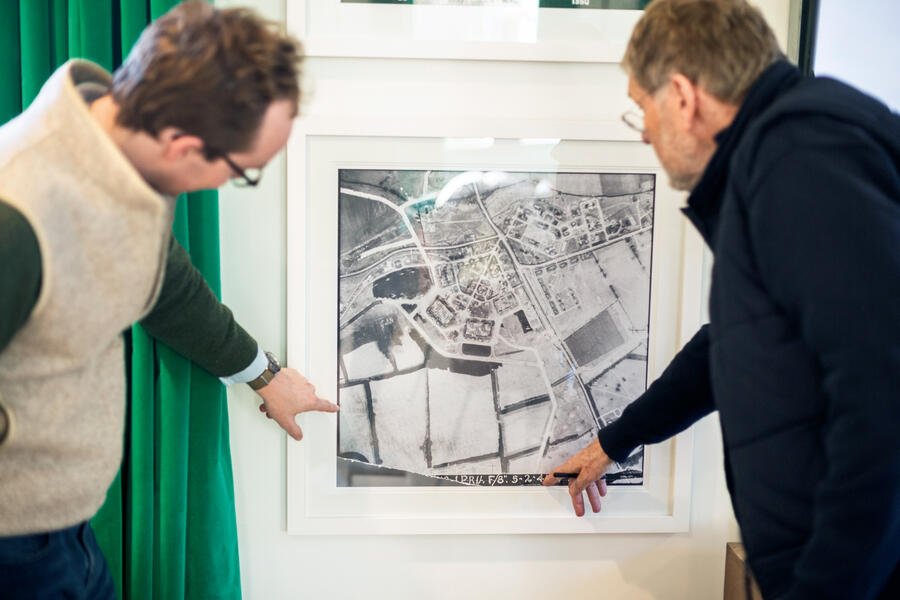
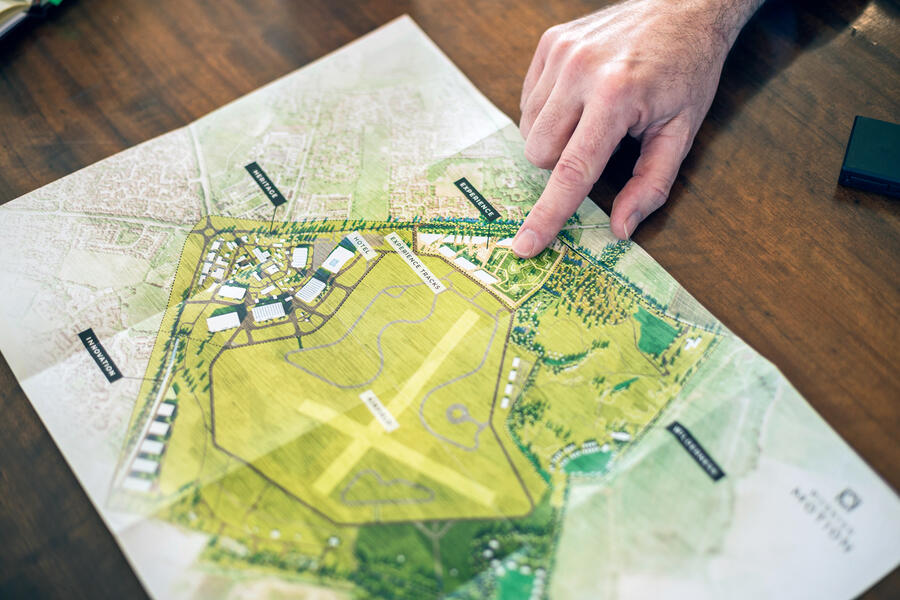
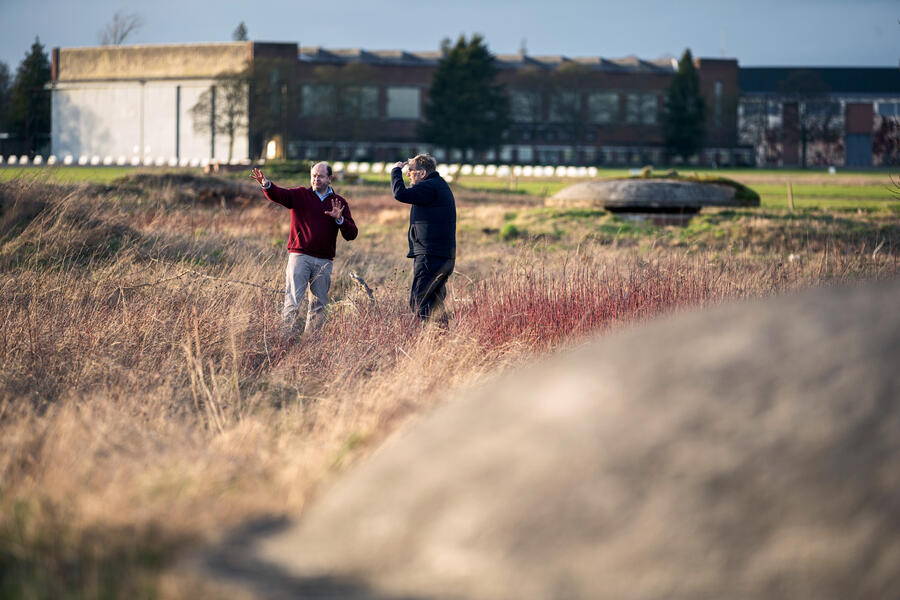






Add your comment